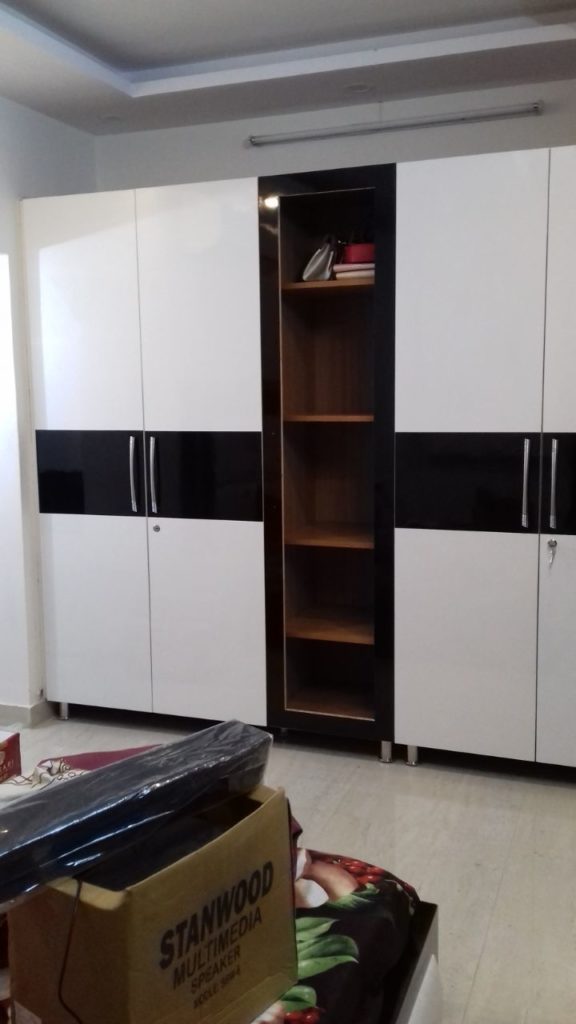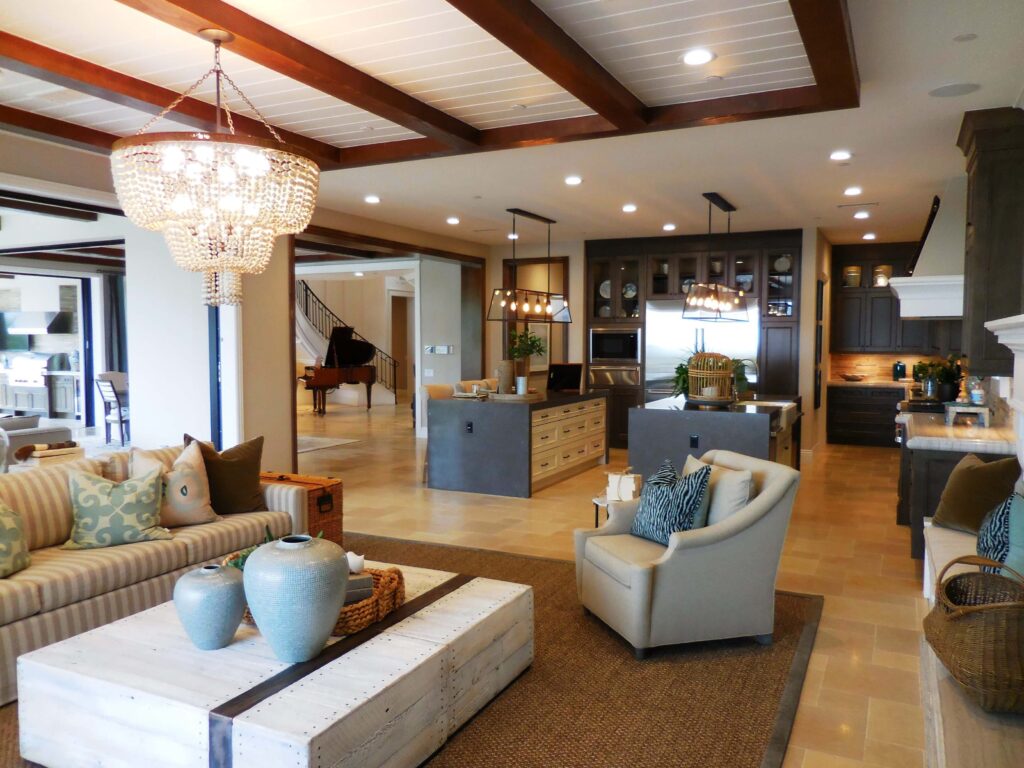Painting a feature wall is a great way to add a focal point and visual interest to a room. Here’s a step-by-step guide on how to paint a feature wall:
Materials:
- Painter’s tape
- Drop cloths or plastic sheets
- Primer
- Paint (color of your choice)
- Paint roller and tray
- Paintbrushes
- Paint stirrer
- Sandpaper (optional)
Steps:
- Choose the Wall:
- Decide which wall you want to turn into a feature wall. Typically, this is the wall that draws attention, such as the one behind the bed in a bedroom or the wall opposite the entrance in a living room.
- Select the Color:
- Choose a color that complements the existing color scheme of the room. Consider using a bold or contrasting color to make the feature wall stand out. Sample the color on a small section of the wall to ensure it looks the way you want it to.
- Gather Supplies:
- Collect all the necessary supplies, including painter’s tape, drop cloths or plastic sheets to protect the floor, primer, paint, paint roller and tray, paintbrushes, and a paint stirrer.
- Prepare the Wall:
- If the wall has imperfections, consider sanding and patching them before painting. This will ensure a smooth finish. Clean the wall to remove any dust or dirt.
- Use Painter’s Tape:
- Carefully apply painter’s tape to the edges of the wall, covering areas where you don’t want the paint to go. This includes adjacent walls, ceilings, and baseboards.
- Prime the Wall (if necessary):
- If the current wall color is significantly different from the color you’ve chosen, apply a coat of primer. This helps the new color adhere better and provides a more even finish.
- Paint the Feature Wall:
- Start by cutting in the edges of the wall using a paintbrush. Then, use a paint roller to cover the larger areas. Apply at least two coats of paint, allowing each coat to dry thoroughly before applying the next.
- Remove Painter’s Tape:
- Once the final coat is dry, carefully remove the painter’s tape at a 45-degree angle. This helps create clean and sharp edges.
- Touch-ups:
- Inspect the wall for any uneven areas or spots that may need touch-ups. Use a small brush to fix any imperfections.
- Let It Cure:
- Allow the paint to cure completely before moving furniture back into place or touching the wall. This may take a few days.
- Accessorize:
- Consider adding decor elements to enhance the feature wall, such as artwork, shelves, or wall sconces.
By following these steps, you can transform a plain wall into a striking feature that adds personality and style to your room.

